Introduction
The Chief Minister Thayumanavar Scheme, launched by the Tamil Nadu government in 2024, is a comprehensive poverty alleviation initiative aimed at uplifting the state’s most vulnerable populations. With an allocation of ₹27,922 crore over two years, the scheme targets approximately 5 lakh of the poorest families, providing them with integrated government assistance to improve their living standards.
KALAINARIN KANAVU ILLAM: A Dream Realized for the People 2025
Objectives of the Scheme
The primary objectives of the Thayumanavar Scheme are:
- Poverty Alleviation: To reduce poverty levels across Tamil Nadu by directly supporting families in need.
- Improved Living Standards: To elevate the quality of life for beneficiaries by addressing basic necessities and providing financial aid.
- Focus on Marginalized Groups: Special attention is given to groups that often fall through the cracks, including elderly individuals living alone, families headed by single parents, orphaned and vulnerable children, persons with mental and physical disabilities, and other marginalized communities.
- Empowering Women and Children: Recognizing the critical role of women and children in society’s progress, the scheme aims to create a support system for them.
- Economic Security: By ensuring financial stability, the program helps families escape cycles of poverty and dependence Thayumanavar .
Key Features and Benefits
1. Integrated Government Assistance
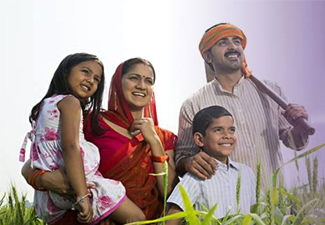
The scheme provides a holistic approach by offering:
- Financial Assistance: Direct monetary support to meet immediate needs.
- Healthcare Services: Access to medical care and health insurance.
- Educational Support: Scholarships and financial aid for children’s education.
- Housing Assistance: Support for constructing or renovating homes.
- Skill Development: Training programs to enhance employability.
2. Targeted Beneficiaries
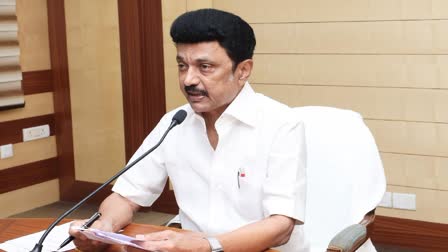
The scheme focuses on the following groups:
- Destitutes: Individuals without family support.
- Elderly Persons Living Alone: Senior citizens without caregivers.
- Single-Parent Families: Families headed by one parent.
- Orphaned Children: Children who have lost both parents.
- Persons with Disabilities: Individuals with physical or mental impairments.
- Families with Children Requiring Special Assistance: Households with children needing additional support.
3. Community Participation in Identification

Beneficiaries are identified through:
- Convergence of Official Databases: Utilizing government records to pinpoint eligible families.
- Field Inspections: On-ground assessments to verify conditions.
- Community Participation: Engaging local communities in the identification process.
- Gram Sabha Sessions: Involving village councils to ensure transparency and inclusivity.
4. Support for Orphaned Children
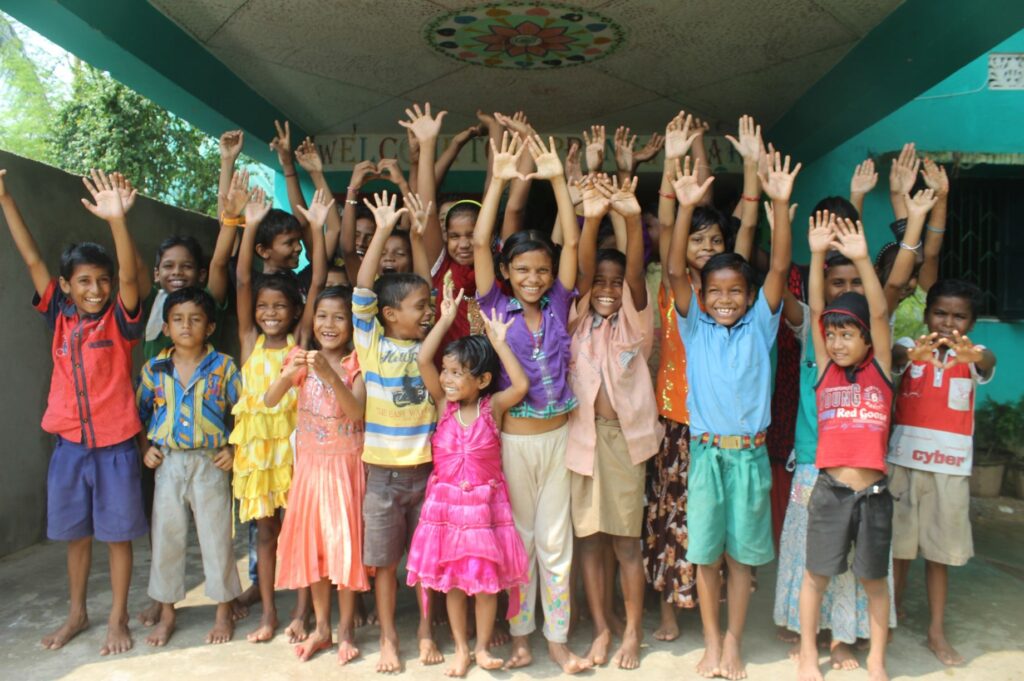
A notable aspect of the scheme is its focus on orphaned children. For instance, in the first phase, approximately 50,000 families where children have lost both parents and are being raised by relatives have been identified. These children receive a monthly stipend of ₹2,000 to support their education until they turn 18. Additionally, provisions are made for their higher education and skill development training Thayumanavar .
5. Collaboration with Various Stakeholders

The successful implementation of the scheme involves:
- Elected Representatives: Local leaders play a crucial role in identifying and assisting beneficiaries.
- Charitable Organizations: NGOs and other bodies provide support and resources.
- Banks: Financial institutions assist in disbursing funds and facilitating financial inclusion.
6. Focus on Urban Poor
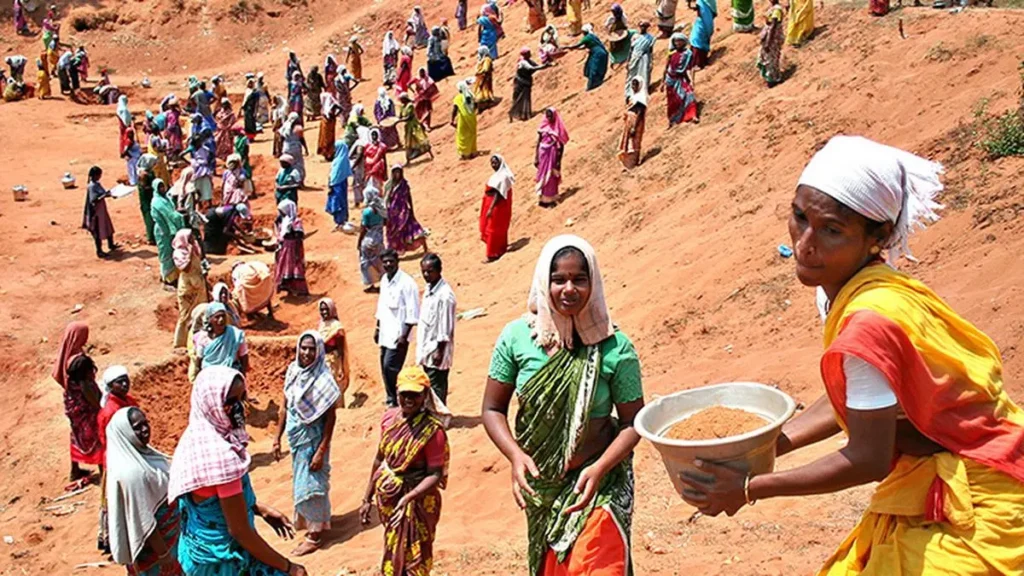
While the scheme targets rural areas, it also extends to urban poor populations. Pilot programs have been launched in cities like Chennai and Nagapattinam, aiming to benefit rag-pickers, underprivileged children, widows, unmarried elderly women, single-parent families, artisans, individuals from minority communities, transpersons, and persons with disabilities.
Implementation Timeline
- Launch Date: The scheme was officially announced in the Tamil Nadu Budget 2024-25.
- Duration: The initiative is set to be implemented over two years, with periodic assessments to ensure effectiveness.
- Monitoring: Regular monitoring and evaluation mechanisms are in place to track progress and make necessary adjustments.
Expected Outcomes
The anticipated outcomes of the Chief Minister Thayumanavar Scheme include:
- Reduction in Poverty Levels: Significant decrease in the number of families living below the poverty line.
- Improved Quality of Life: Enhanced living conditions through better healthcare, education, and housing.
- Empowerment of Marginalized Groups: Increased participation of vulnerable populations in societal and economic activities.
- Sustainable Development: Long-term improvements in the socio-economic status of beneficiaries.
Challenges and Considerations
While the scheme aims to make substantial improvements, certain challenges may arise:
- Identification Accuracy: Ensuring that the most deserving families are accurately identified.
- Resource Allocation: Efficient distribution of funds and resources to meet the diverse needs of beneficiaries.
- Sustainability: Developing mechanisms








